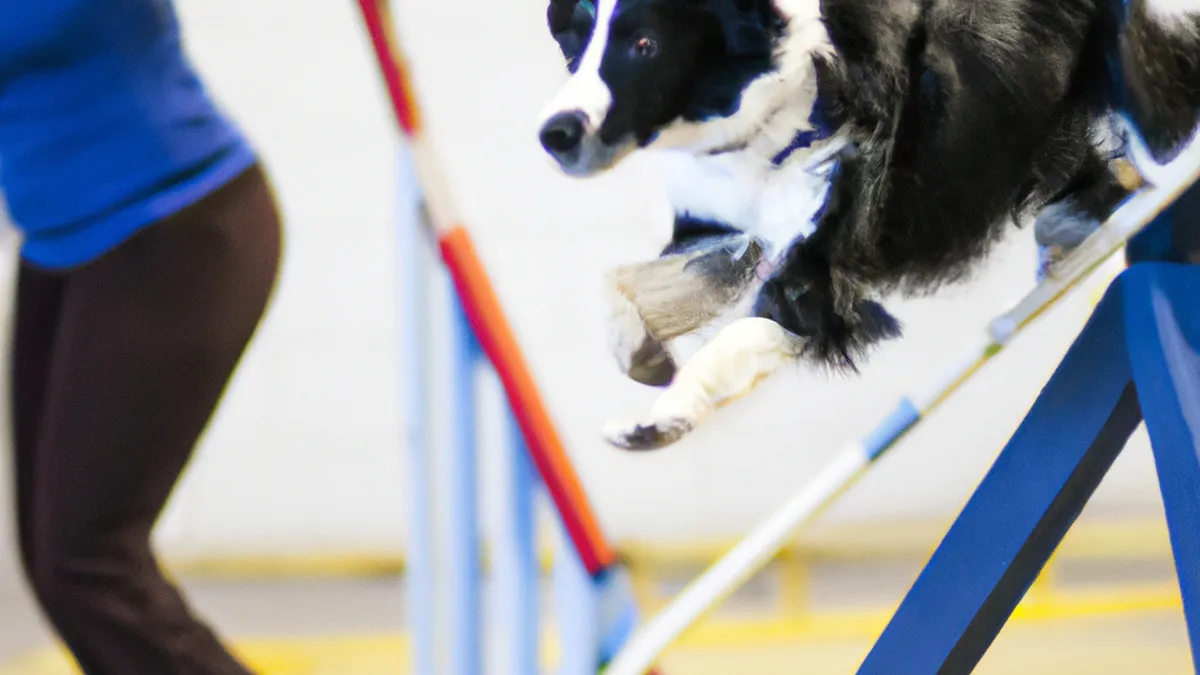Plyometric Training: Balance and Coordination
Structuring Plyometric Training SessionsPlyometric training enhances athletic performance through explosive movements that improve speed, power, and agility. To maximize benefits and minimize injury risk, structure these sessions effectively. This article outlines how to design an optimal plyometric training session, detailing each component and offering practical tips for athletes and coaches.
Understanding Plyometrics
Plyometrics involve quick, explosive movements that utilize the stretch-shortening cycle of muscle contraction. This cycle occurs when a muscle rapidly stretches before contracting explosively. Common plyometric exercises include jump squats, box jumps, and burpees. These exercises engage fast-twitch muscle fibers, essential for athletic performance. When executed correctly, plyometrics significantly increase strength, speed, and overall athletic capabilities.
Benefits of Plyometric Training
Plyometric training provides numerous benefits, making it popular among athletes in various sports. Key benefits include:1. **Enhanced Muscle Power**: Plyometrics improve muscles’ ability to generate force quickly, enhancing performance in explosive sports.2. **Improved Coordination and Balance**: Dynamic plyometric exercises enhance neuromuscular coordination and balance, which are critical for athletic performance.3. **Increased Speed and Agility**: Plyometric training develops quick footwork and rapid directional changes, essential for basketball, soccer, and football.4. **Injury Prevention**: Properly executed plyometric exercises strengthen connective tissues, reducing injury risk in explosive movements.
Key Components of a Plyometric Session
As an Amazon Associate I earn from qualifying purchases.
Gear tip: consider yoga blocks, mobility sliders, and foam yoga wedge to support this topic.
To structure a plyometric training session effectively, consider these components: warm-up, workout specifics, rest intervals, and cooldown. Each component ensures safety and effectiveness.
1. Warm-Up
A comprehensive warm-up is essential before high-intensity plyometric movements. A good warm-up prepares the body by increasing heart rate, enhancing blood flow, and improving joint mobility.- **Duration**: Aim for a 10-15 minute warm-up.- **Activities**: Start with light cardiovascular activities, such as jogging or skipping, followed by dynamic stretches. Incorporate movements like leg swings, arm circles, high knees, and butt kicks to activate the muscles engaged during the workout.
2. Workout Specifics
Structure the main workout to gradually increase exercise intensity. Divide this segment into parts, starting with lower-intensity exercises and progressing to more complex movements. Here’s a sample structure:- **Basic Moves**: Begin with fundamental plyometric exercises. For example, perform squat jumps or tuck jumps for 3 sets of 10 repetitions.
Conclusion
In summary, effective plyometric training enhances athletic performance. Follow the outlined components for safe and beneficial sessions.
Below are related products based on this post:
FAQ
What are plyometrics?
Plyometrics are explosive movements that utilize the stretch-shortening cycle of muscle contraction. They involve quick, powerful exercises like jump squats, box jumps, and burpees, which engage fast-twitch muscle fibers critical for improving athletic performance.
What are the benefits of plyometric training?
Plyometric training enhances muscle power, coordination, balance, speed, and agility. Additionally, when performed correctly, it strengthens connective tissues, reducing the risk of injuries associated with explosive movements.
How should a plyometric training session be structured?
A plyometric training session should include a warm-up, workout specifics, rest intervals, and a cooldown. Each component is crucial for ensuring safety and maximizing the effectiveness of the training session.















Post Comment